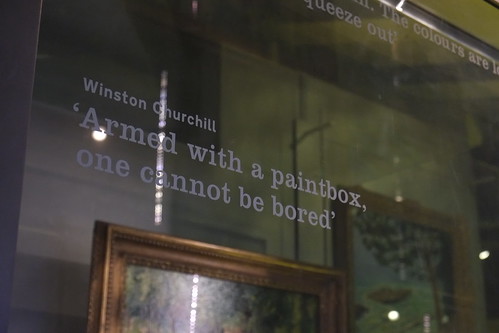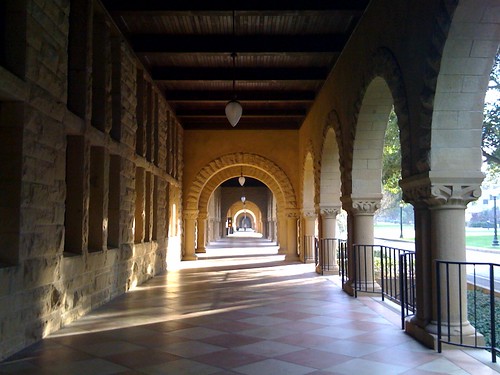In the BBC Radio 4 show The Quest for Rest, poet SJ Fowler talks about the creative value of working out. We often don’t think of working out as a form of rest, but in fact it is for lots of people, and it is for him. “By exercising and exhausting myself, I can get to restful states much quicker,” Fowler says. “Rather than having to take a lot of time trying to mentally calm myself, I can sweat it out immediately by exercising.”
This is a pattern I devote a chapter to in REST: a lot of very creative people integrate long walks and exercise into their daily routines, and they do so with an eye to being more creative. Fowler’s remarks, though brief, are a good illustration of this pattern.
First, he says, “I’m definitely using exercise to get to certain states of mind where I can be creative.”
This is one reason walking is so popular: it’s super-accessible, something we can easily do, and as the work of people like Jenny Roe and Marily Oppezzo have shown, it stimulates at least some kinds of creative thinking. There’s a good reason the phrase “solvitur ambulando“– it is solved by walking– was a commonplace of philosophers and theologians from ancient times.
Hiking also has a stimulating effect. For others, swimming, with its repetition and solitude, provides a state where ideas can flow.
Fowler continues, exercise can also be a way of “switching the mind off… [a] direct way to take yourself out of yourself, to stop thinking about what you’re doing.”
This is a different but equally important use of exercise for creative thinkers. While moderate exercise is an opportunity for mind-wandering, extreme exercise is a way to work yourself into a state of mental exhaustion, and to have a break from work.
For really creative people who otherwise have a hard time switching off their brains, having a practice that gives them a mental break is really critical. Exercise is very popular, though by no means is it universal: Winston Churchill loved watercolor painting because it so completely occupied his attention, it gave him a rest from work.
However, exercise is the route for lots of other creative, driven people. Alan Turing, for example, ran long distances because his computer research was “such a stressful job that the only way I can get it out of my mind is by running hard.” No one who’s familiar with Turing’ life can have any doubt about his intellectual ambition and capacity for obsession. But he recognized that the way to do that was not to obsess over work 24/7, but to have some times when he wasn’t consciously thinking about computers.
Likewise, Charles Darwin saw the virtue of taking his mind off research that otherwise would occupy him day and night. As Darwin told his publisher when he received the page proofs for Origin of Species,
You may rely on it, that my extreme wish for my health sake to get the subject temporarily out of my head, will not make me slur over the proofs: I will do my utmost to improve my style” (my emphasis).
Darwin felt the need after nearly twenty years to have a break from thinking about evolution “for my health sake,” but he still dealt with the edits. You gotta respect his game.
A few years later, when he tried riding as a break, his second cousin William Fox wrote to Charles about its virtues: “You get air and exercise without fatigue and must perforce, give that big brain of yours some rest” (again my emphasis).
Third, Fowler says, “I’ve trained myself to look forward to those moments… [and] the consciousness-changing effects of exercise.”
This is a very important point. We’re not just born with these abilities. We can develop them.
Nobel laureate Barbara McClintock was famous for taking long walks to get into a more creative state. McClintock was the discoverer of “jumping genes” and one of the twentieth century’s great geneticists, and she was famous for taking long walks to think. As Nathaniel Comfort wrote,
One of McClintock’s favorite pastimes was to walk the Cold Spring Harbor Laboratory grounds. Rain or shine, from at least the early 1950s through the 1980s, alone or with a friend, she hiked through the woods or strolled down Bungtown Road to the Sand Spit and back. Evelyn Witkin recalled that “every couple of feet she would see something growing that she would point out to me and give me a little lecture about it.” The walks, though relaxing, had a serious component. Out in nature but near the lab, these walks led to a string of minor discoveries that sparked her synthesis of the races of maize and controlling elements. On these walks, she integrated heredity, development, and evolution.
McClintock first felt herself able to control and really use this process in her early 40s, when she was working on the tiny chromosomes in the plant mold Neurospora.
She later recalled a long walk around the Stanford University campus during which she did some “very intense, subconscious thinking,” culminating in her literally visualizing the solution to a problem that had eluded other geneticists, including her friend and fellow Nobel laureate George Beadle, the world’s expert on Neurospora.“I jumped up, I couldn’t wait to get back to the laboratory,” she told Evelyn Fox Keller; “I knew I was going to solve it.”
Her Stanford walk, she later said, was the first time she felt she had mastered the process. Previously, McClintock said, walking had only episodically worked as a tool to stimulate her creativity; after her Stanford visit, she claimed, she could “summon it when needed,” and “use it in the service of scientific discovery.”
The habit of integrating exercise into your daily routine, and particularly in doing so in a way that aids your creativity, is not one that comes automatically; for lots of people it takes time and patience to see the results. But the benefits are long-lasting.



